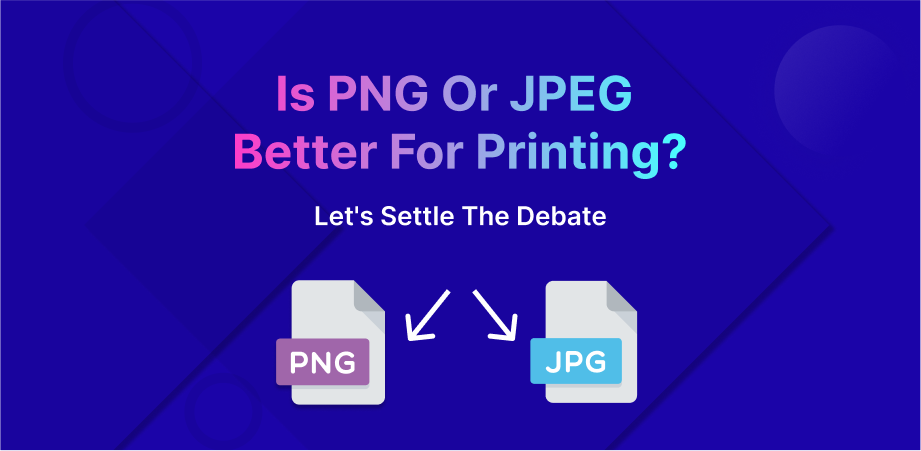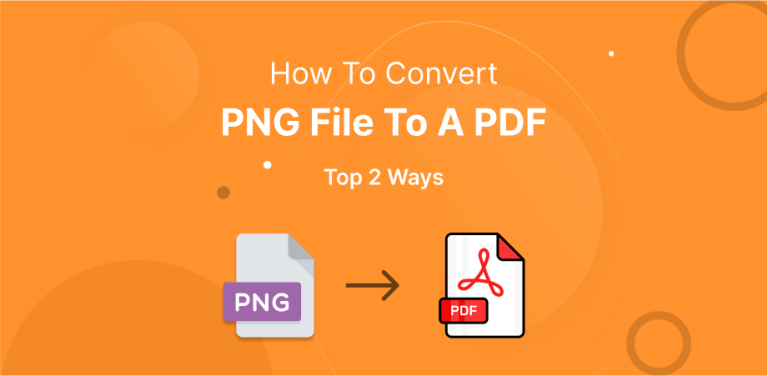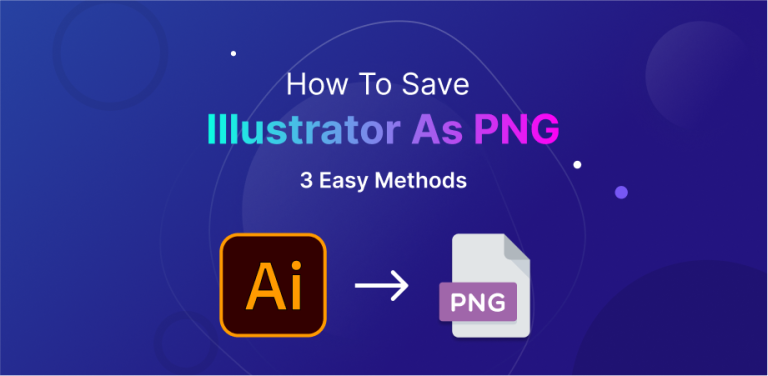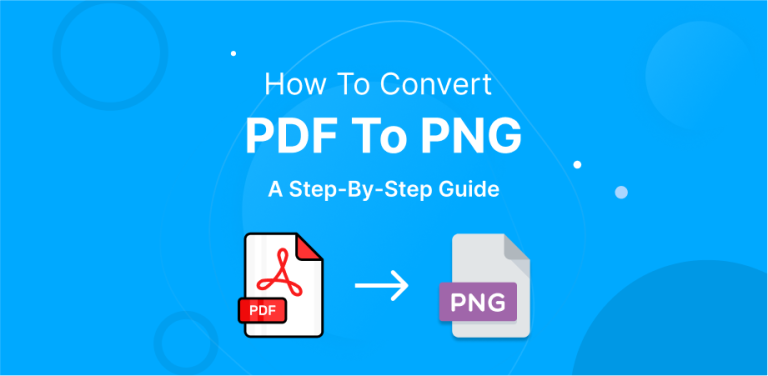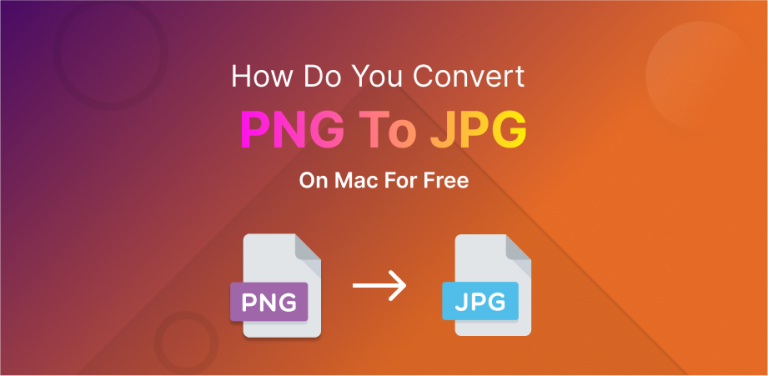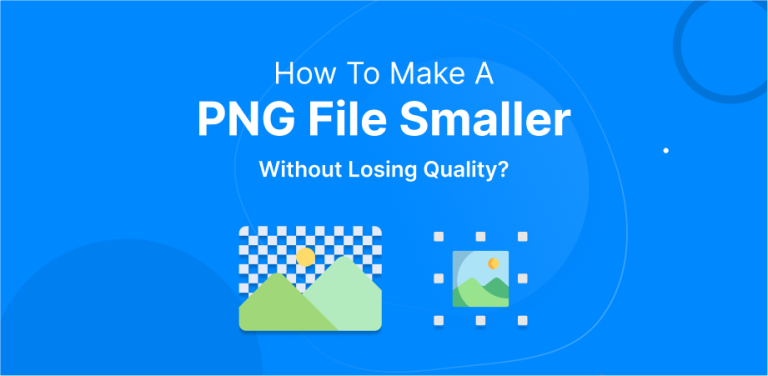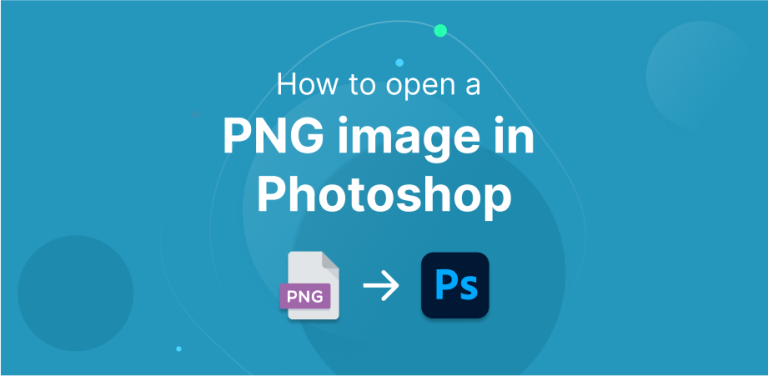Is PNG or JPEG better for printing? Many people frequently ask this question. Photographers often wonder whether it’s best to save their images as JPG or PNG for printing. Every graphic we see, whether online or printed on physical items like fabric, plastic, or paper, is first stored as a picture file.
When someone decides to print an image, they’ll store it in a specific file format and then send it to the printer. The quality of the image and other important factors in printing pictures depends a lot on the file format. If the wrong format is chosen, it could mess up the picture quality when printed on any physical items or online.
That’s why it’s really important to understand the two main file formats: JPEG and PNG. In this article, we’ll discuss when it’s preferable to use each format. We’ll also determine whether PNG or JPEG is better for printing purposes.
Table of Contents
ToggleIntroduction to PNG
The PNG file format stands for Portable Network Graphics, and it utilizes a .png extension. It was made as a non-patented and improved replacement for GIF (Graphics Interchange Format). In 2004, the PNG image format was published as an IEC/ISO standard. So, it is a widely accepted and popular format. PNG is a raster graphics format that can be compressed without losing its quality.
It means you can compress the PNG file for convenient sharing and downloading but get the same contrast and sharpness when you decompress it again. Lossless data compression is especially good for images with graphics, lots of text, or sharp lines. If you compare a PNG file with a JPEG file of the same size, then the PNG will look sharper and have better photo quality.
Furthermore, one big benefit of PNG is that it supports transparent backgrounds, which JPG doesn’t support. You can put a PNG picture on any background, making it perfect for making banners and logos. However, if you save a photo in a PNG format, it’ll be much bigger than a JPG format. So, it’ll take up more space on your drive than a JPG file. In addition, PNG images can take longer to download.
When Should You Use PNG?
Your Illustrations Use Only A Few Colors: If your illustrations have limited colors, you should go with PNG files.
When You Have To Store Pictures In Small Files: In this scenario, PNG files are ideal because they can be compressed to extremely small sizes.
For Top-Quality Transparent Web Graphics: One great thing about PNG pictures is their maximum transparency, which can be adjusted to any degree. It happens because PNG pictures have a feature called the “alpha channel.” This allows you to produce more vibrant pictures because of the more significant color depth in the PNG file format.
Introduction to JPEG
JPEG or JPG stands for Joint Photographic Experts Group. It’s a compressed picture format that is known by the file extensions .jpeg or .jpg. JPEG is the most commonly used file format on devices such as digital cameras and smartphones. Also, it’s a very popular file format on social media and web platforms.
You can share or upload JPEG pictures easily on WhatsApp, email, Vimeo, Facebook, Instagram, Tumblr, Flickr, and more. People love JPEG because it lets you keep high-quality photos without taking up too much space on your device. It’s great for most of the photographers because it captures tones and colors really well.
When you print a high-quality JPG image, you usually don’t need to do lots of processing. The major disadvantage of the JPEG format is its lossy compression. That means when you compress and edit a JPEG image, you lose some data.
So, the image is not as sharp and clear as before. Once you edit a JPEG image, you can’t get the original file back. Furthermore, this format isn’t suitable for storing line drawings, graphics, or texts.
When Should You Use JPEG?
To Email A Picture: When you want to email a picture, JPEG is the ideal format. You can compress JPEG pictures to small image sizes to easily include them in your email message to clients.
For Artwork and Online Pictures: Choose JPEG for your artwork and online pictures since this format is versatile for raster editing and compression. It makes PNG perfect for web photos that need quick downloading.
To Print and Edit: JPEGs are high-resolution files with low compression. It makes the format perfect for printing and editing.
Is PNG or JPEG Better For Printing?
PNG files are famous for managing deep colors really well. This feature is great for dealing with high-resolution pictures. But because they don’t lose any detail, PNGs can end up being really big files. So, if you’re trying to print any picture, it’s easier to use a different type of file, such as TIFF or JPEG, which are more optimized.
If a picture has a background color, you’ll want to get rid of the background. Then, storing the edited picture in PNG format for sharing online would be best. That is because PNG can keep the background transparent, unlike JPEG.
So, for printing, remember that PNG files are a great choice for getting high-quality printouts with home or office printers. On the other hand, JPEG pictures might look blurry when printed.
However, neither JPEG files nor PNG files are ideal for commercial printing, like printing on posters, t-shirts, and mugs. That is because they support RGB format, not CMYK, which is what the commercial printing industry prefers.
Conclusion
So, is PNG or JPEG better for printing? Both PNG and JPEG have their own advantages and drawbacks when it comes to printing. The choice between them relies on how you plan to use the files and the type of photograph you’re working with.
Industry standards suggest that professionals typically opt for JPEG for regular photos, while PNG is favored for tasks involving illustrations, maps, geometric drawings, and text images.
Conversely, when editing drawings, graphics, custom logos, or product photos, professionals tend to lean towards JPEG. However, for printing purposes where a shadow effect or transparent background is needed in the pictures, PNG is the preferred option.
